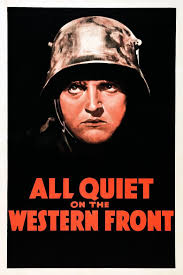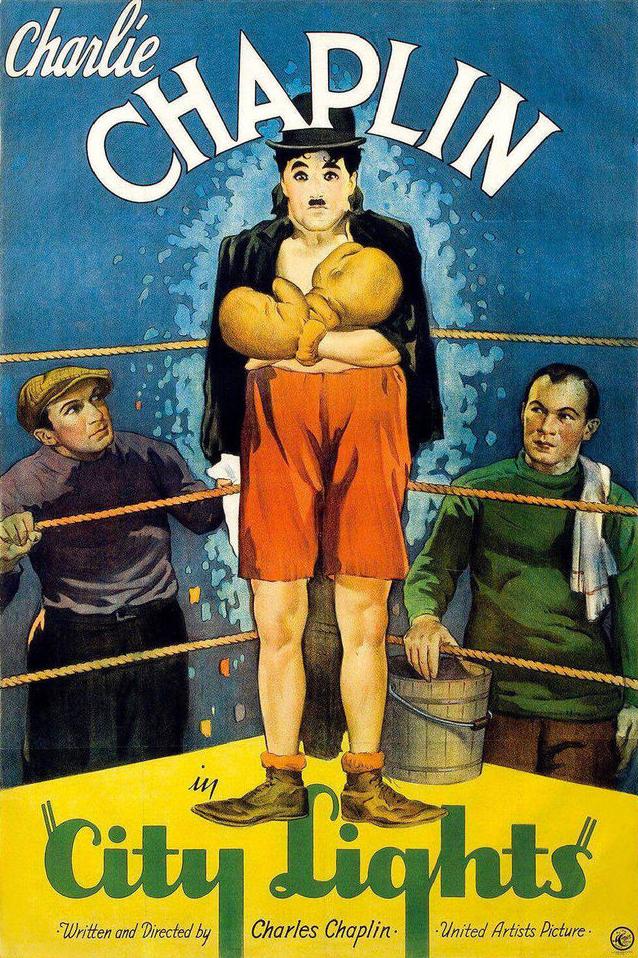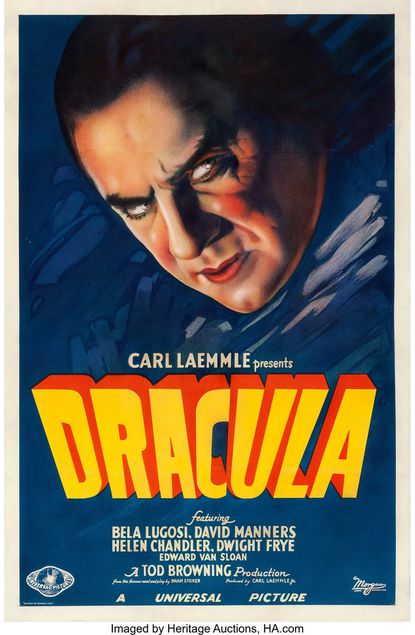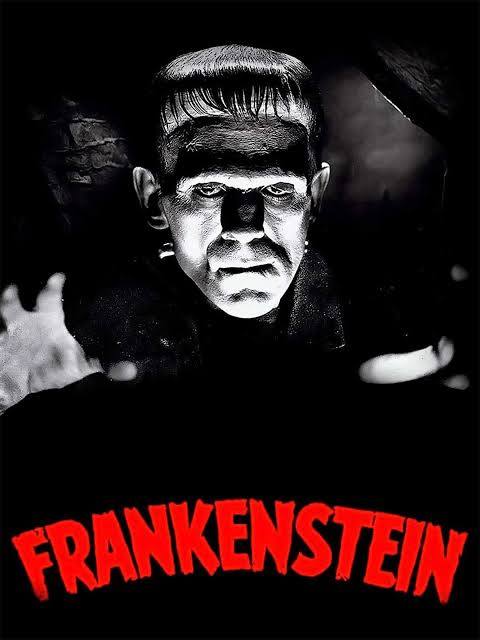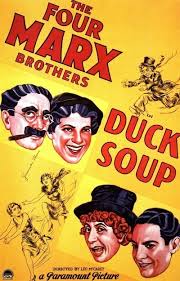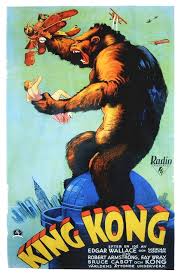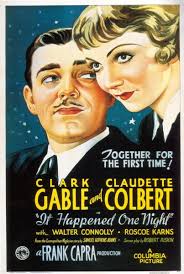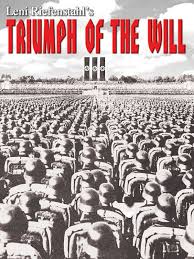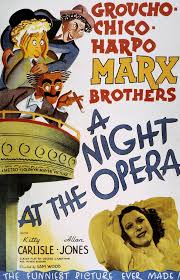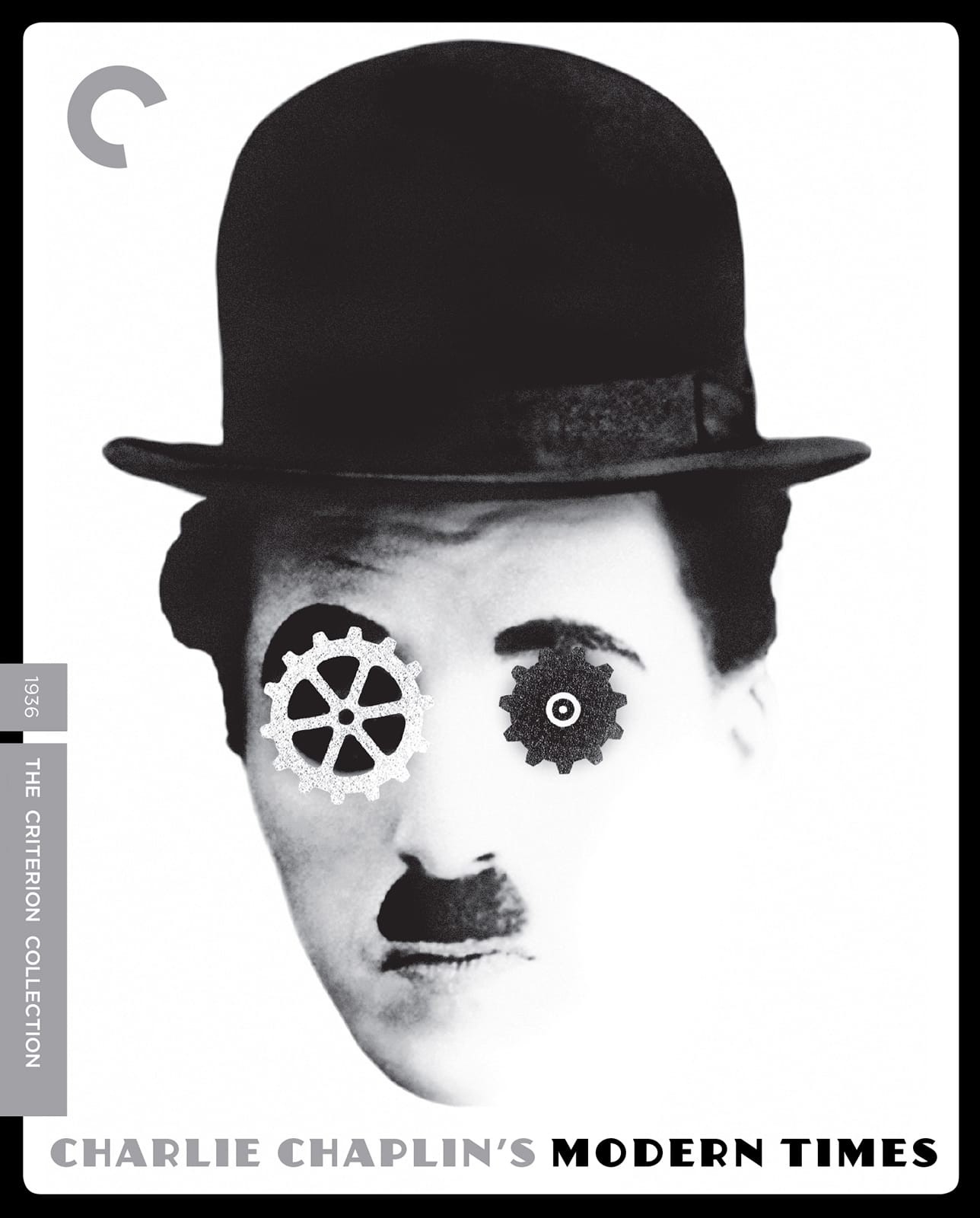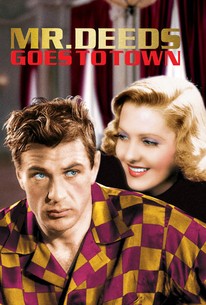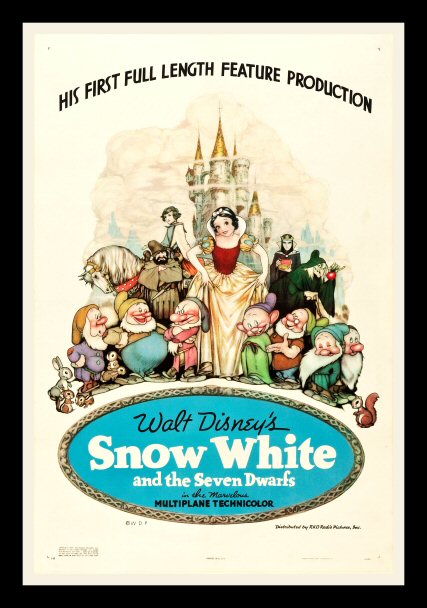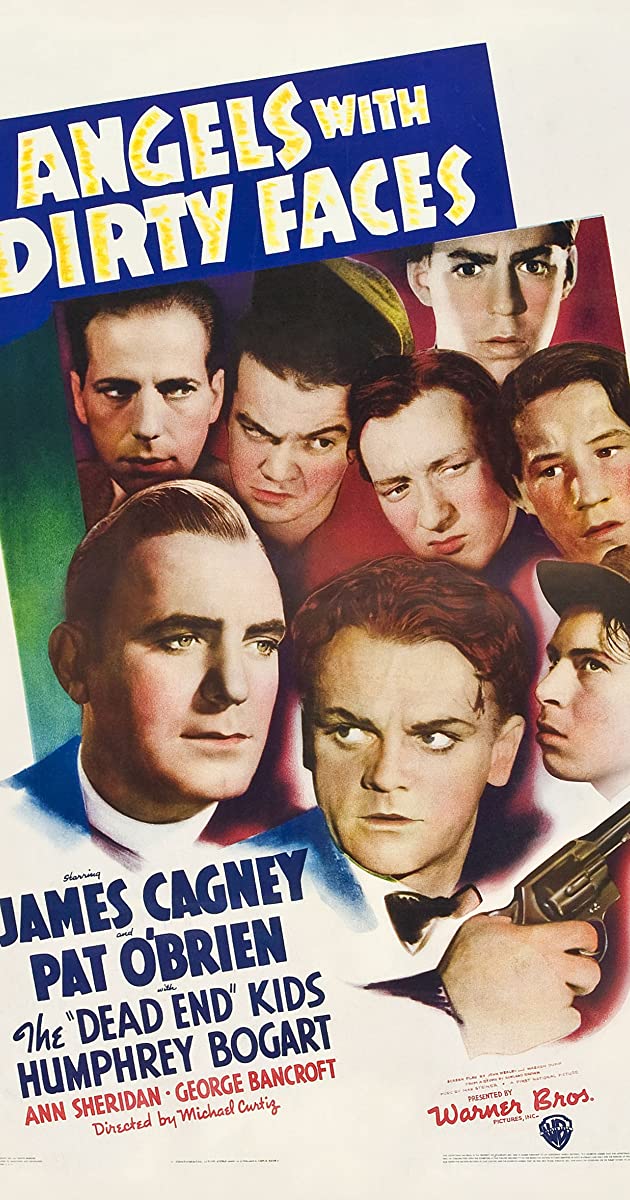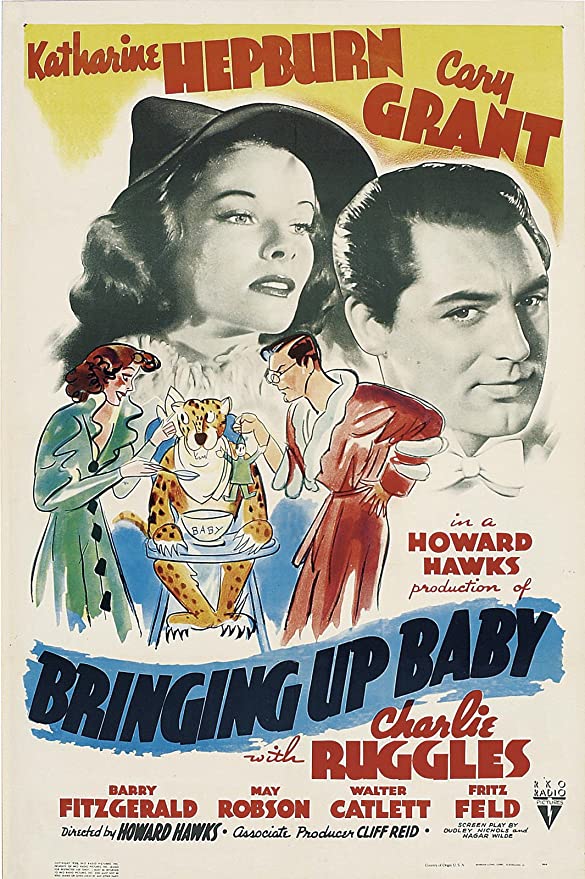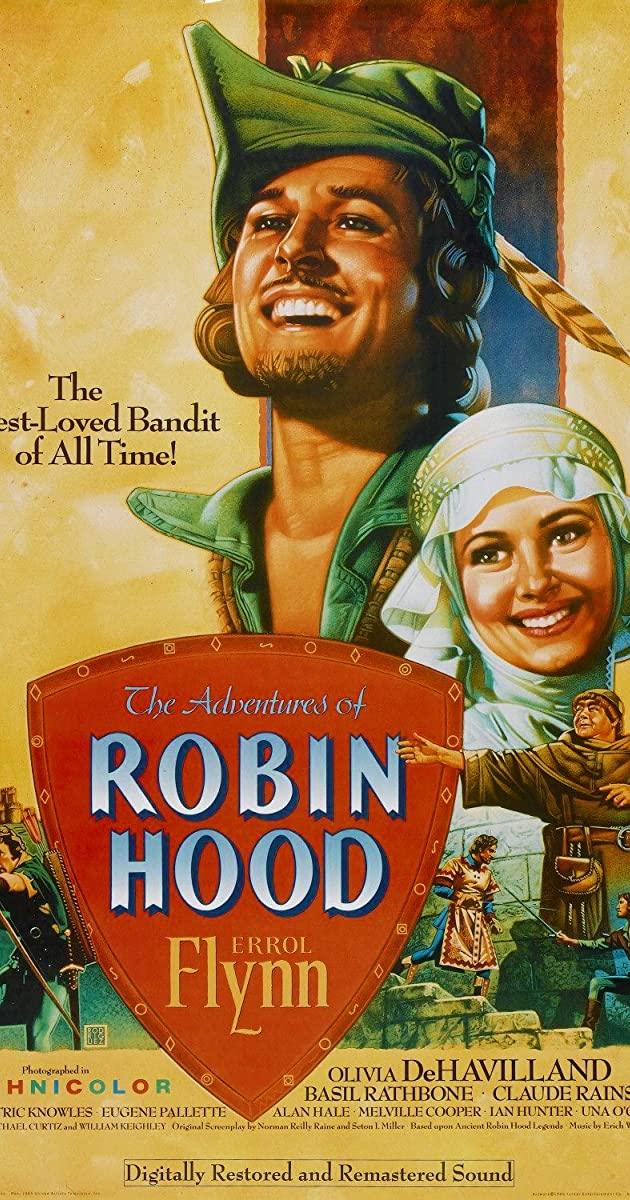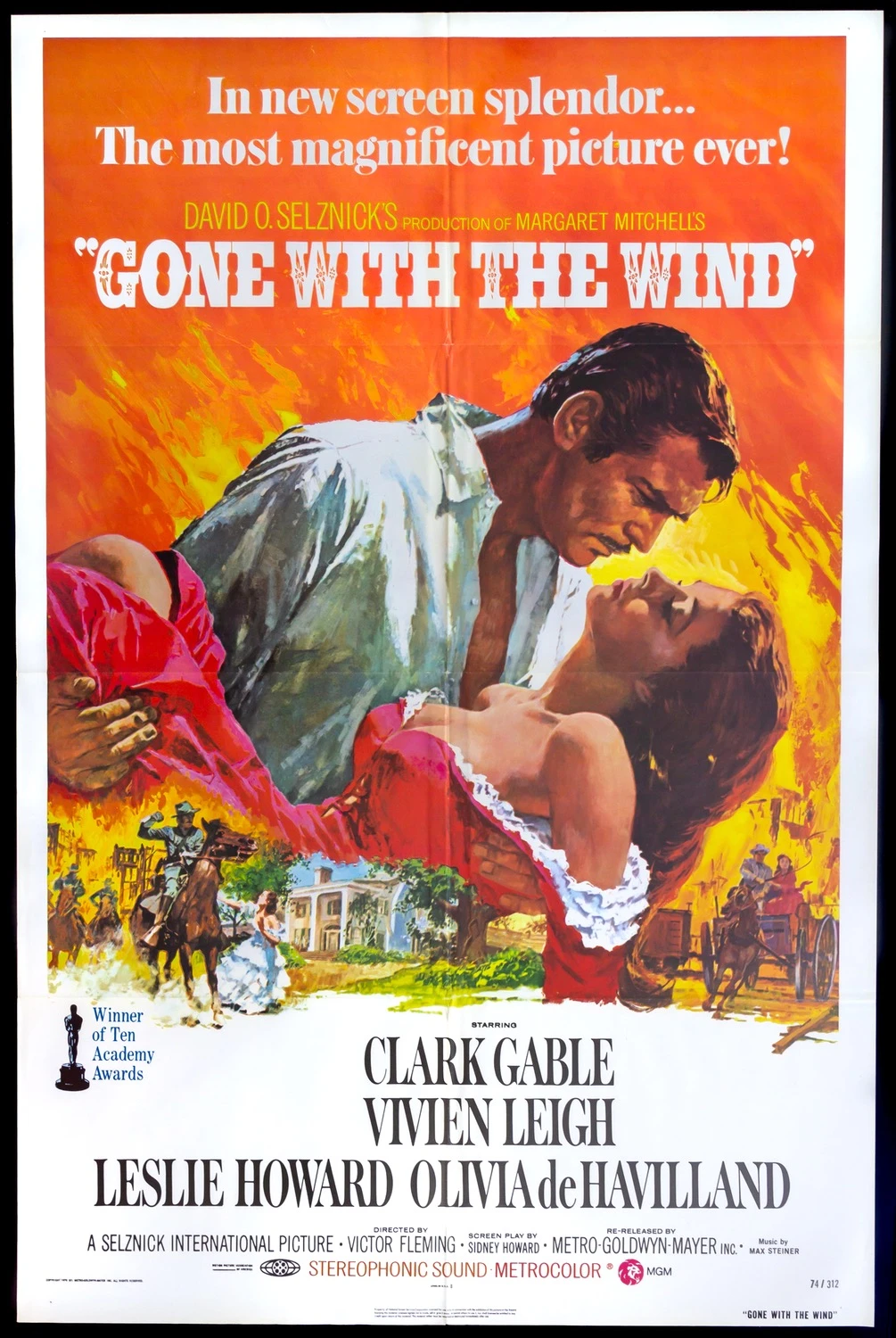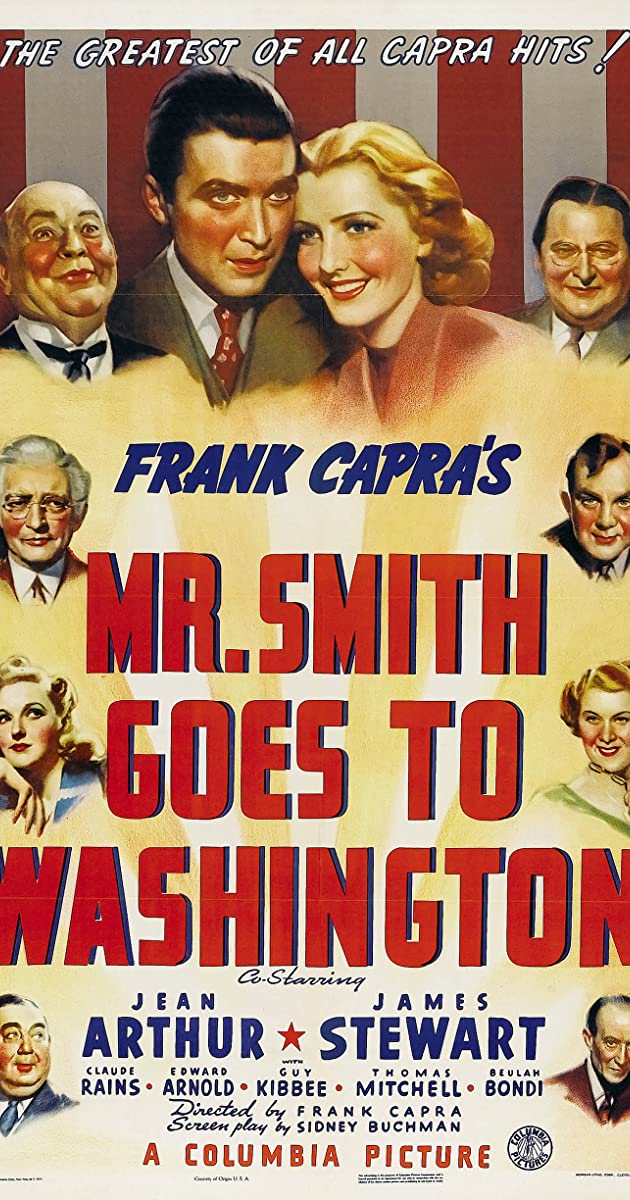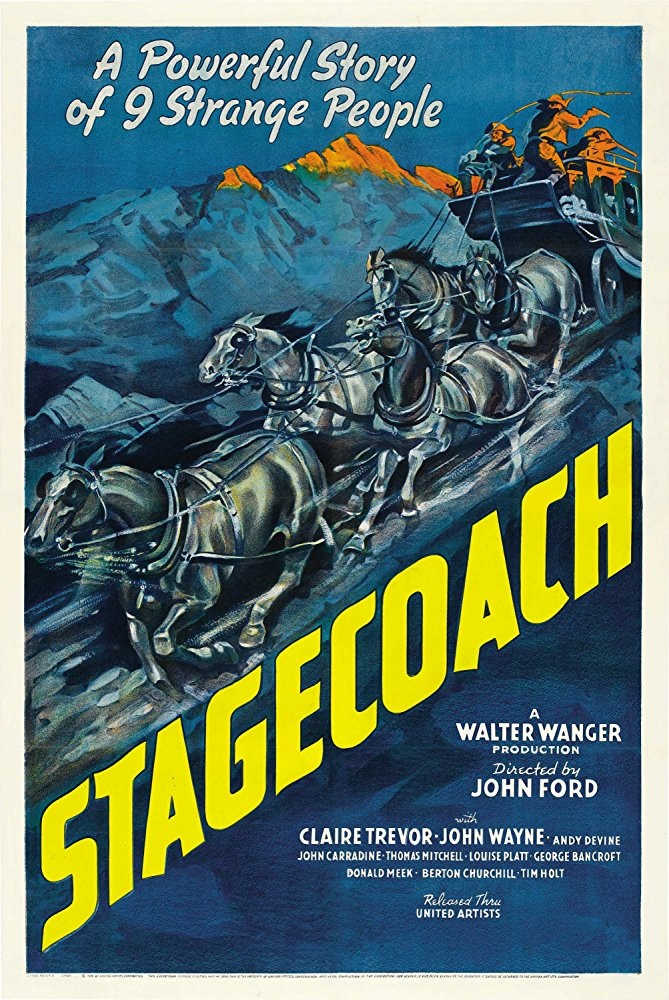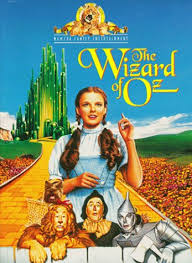The Golden Age of Hollywood
A period of escapism where people chose to watch films during The Great Depression because they were cheap and accessible entertainment. Popular genres were Screwball Comedies, Westerns, and Musicals. Studios aimed to push boundaries and have the most exciting films on the block. This became difficult when The Hays Code was established in 1934 by the American government putting certain censorship rules on studios, such as no pointed swearing, lustful kissing and you had to be delicate with theft and robbery. Murder was still fine of course, and boy is there a lot of it in these films. The Hays Code forced Studios to be creative when trying to push the boundary, having to weave around various rules to tell their stories and still shock audiences. Unfortunately, Studios took another hit in the late '40s when the American government declared that Studios were in violation of antitrust Laws (having a monopoly on film entertainment) and were forced to sell their theater holdings. Now they could only focus on production and distribution of films, not Theatre showings.
Despite these setbacks however, Studios still had near unlimited freedom to produce artistic, commercially successful films that still stand the test of time as some of the best ever made. During this Era, Studios refined the style of American films into the bedrock of what it is today. The American films we see today still have the structure and DNA of the films produced during this Era. Also a big thanks to the introduction of Color in 1939, upping the ante for films and better allowing audiences to engage with the pictures they were watching.
Fun Fact: As people moved out of urban centers and into the suburbs, studios switched to purchasing drive in movie theaters in order to distribute their films.
Favorites of the Decade: Mr. Smith Goes to Washington (1939), King Kong (1933), City Lights (1931)
